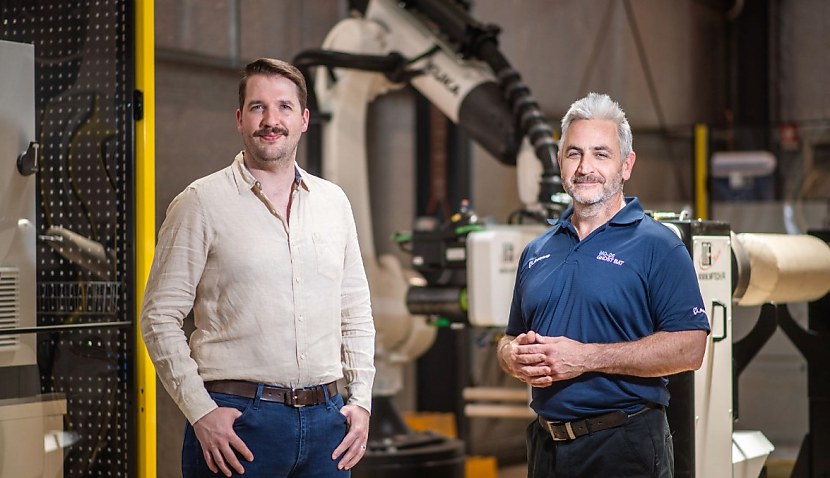
The project – backed by iLAuNCH – will utilise “virtual twin” technology that can recreate the whole life cycle of composites, from manufacture all the way to the point it would need repair.
The $180-million iLAuNCH Trailblazer is a partnership between academic institutions and more than 20 industry partners to accelerate the development of the space manufacturing sector.
The new tie-up is a collaboration between the uni, Melbourne engineering company MEMKO and Boeing Australia.
UniSQ’s Dr Tristan Shelley, who will head the research, said he hoped the virtual workflows the team would develop could eliminate current laborious processes.
“The program will work on the identification of filament winding pathway developments, particularly for complex components that cannot easily be supported by existing software,” he said.
“The linkage of vision tools in-situ during filament winding into the virtual twin is key to optimised manufacturing processes.”
UniSQ said it is also putting in place scholarships for three PhD opportunities to work alongside engineers and scientists at Boeing and MEMKO in Melbourne, Brisbane and Toowoomba.
iLAuNCH Trailblazer executive director Darin Lovett – who recently appeared on the Space Connect Podcast – said the software would enable a virtual replication of a product along its whole life cycle – from digital design to structural repair.
“Researchers will apply the digital tools to Boeing test cases to identify the most accurate and efficient aerospace maintenance repairs,” he said.
The news comes days after Space Connect reported how Hypersonix would also use similar digital twinning technology to gather data on its upcoming hypersonic “spaceplane”.
The deal will see the ACT-based Nominal Systems make a virtual replica of its 3.5-metre-long demonstrator vehicle alongside replicating conditions outside of the aircraft. It comes with the DART AE set for its first real-world test flight next year.
“A digital twin is a 1:1 virtual representation of a real-world asset – geometry, performance, behaviour, and condition,” said Hypersonix.
“Current hypersonic flight programs take a long time and are costly, and there’s no guarantee of flight success. A hypersonic digital twin opens the possibility of endless virtual flight tests to prove out missions before the real flight vehicle is built.
“Combining this with actual flight data to be collected in DART AE’s maiden flight in 2024 will be taking things to a new level and enable the next generation of hypersonic technology development.”

Adam Thorn
Adam is a journalist who has worked for more than 40 prestigious media brands in the UK and Australia. Since 2005, his varied career has included stints as a reporter, copy editor, feature writer and editor for publications as diverse as Fleet Street newspaper The Sunday Times, fashion bible Jones, media and marketing website Mumbrella as well as lifestyle magazines such as GQ, Woman’s Weekly, Men’s Health and Loaded. He joined Momentum Media in early 2020 and currently writes for Australian Aviation and World of Aviation.
Receive the latest developments and updates on Australia’s space industry direct to your inbox. Subscribe today to Space Connect here.












